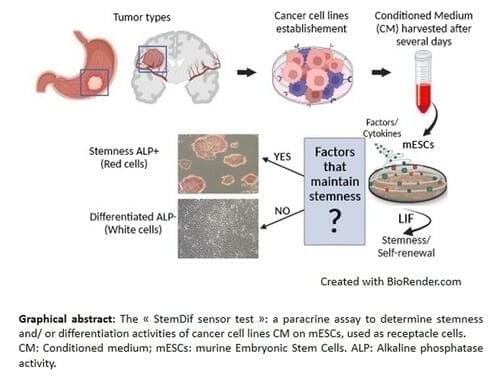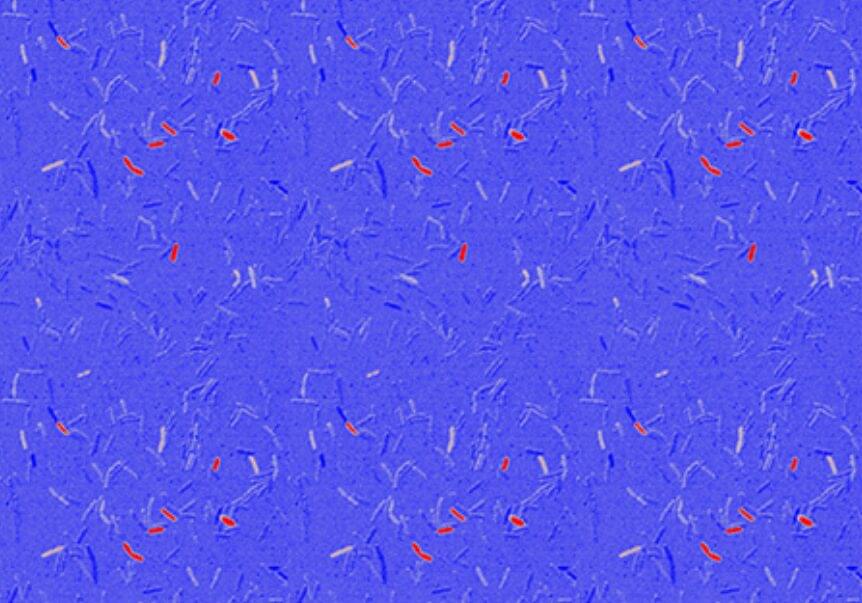Memo is trained on 10 million real-home routines collected from 500 families, giving it the intuition to handle unpredictable household chores.
Get the latest international news and world events from around the world.

Large language models and research progress: Q&A with an aerospace engineer
The rapid expansion of large language models’ (LLMs) capabilities—including web search, code execution, data analysis and even hypothesis generation and experimental design—is outpacing critical reflection of how the technology fits into academic research.
This is the argument that Ricardo Vinuesa, an associate professor of aerospace engineering at U-M, and his co-authors made in the journal The Innovation.
Though they acknowledge that LLMs are helpful for generating a speedy first draft, adopting LLMs into every stage of the research process without proper guardrails creates risk of misconduct, such as data fabrication or biased experimental design.


Ultrasound-responsive nanoparticles: Modulating the tumor microenvironment to advance cancer immunotherapy
Ultrasound-responsive nanoparticles (URNs) enable spatiotemporal activation of immunomodulators that can remodel the tumor microenvironment and strengthen immune responses. This review summarizes how URNs enhance immune checkpoint blockade, vaccines, T cell therapies, cytokine delivery, and innate immune modulators, while synergizing with strategies such as oxygenation, extracellular matrix depletion, metabolic reprogramming, and phototherapy. By offering precise control and reduced systemic toxicity, URNs represent a promising platform for the rational design of next-generation cancer immunotherapies.

The “StemDif Sensor Test”: A Straightforward, Non-Invasive Assay to Characterize the Secreted Stemness and/or Differentiation Activities of Tumor-Derived Cancer Cell Lines
Cancer stem cells are a subpopulation of tumor cells characterized by their ability to self-renew, induce tumors upon engraftment in animals and exhibit strong resistance to chemotherapy and radiotherapy. These cells exhibit numerous characteristics in common with embryonic stem cells, expressing some of their markers, typically absent in non-pathological adult differentiated cells. The aim of this study was to investigate the potential of conditioned media from cancer stem cells to modulate the fate of Leukemia Inhibitory Factor (LIF)-dependent murine embryonic stem cells (mESCs) as a way to obtain a direct readout of the secretome of cancer cells. A functional assay, “the StemDif sensor test”, was developed with two types of cancer stem cells derived from grade IV glioblastoma (adult and pediatric) or from gastric adenocarcinoma.
Carotenoids Are Associated With A Younger Biological Age
Join us on Patreon! https://www.patreon.com/MichaelLustgartenPhD
Discount Links/Affiliates:
Blood testing (where I get the majority of my labs): https://www.ultalabtests.com/partners/michaellustgarten.
At-Home Metabolomics: https://www.iollo.com?ref=michael-lustgarten.
Use Code: CONQUERAGING At Checkout.
Clearly Filtered Water Filter: https://get.aspr.app/SHoPY
Epigenetic, Telomere Testing: https://trudiagnostic.com/?irclickid=U-s3Ii2r7xyIU-LSYLyQdQ6…M0&irgwc=1
Use Code: CONQUERAGING
NAD+ Quantification: https://www.jinfiniti.com/intracellular-nad-test/

Google’s plan for space-based computing
The sun produces more power than 100 trillion times humanity’s entire electricity generation. In orbit, solar panels can be eight times more productive than their Earth-bound counterparts, generating energy almost continuously without the need for heavy battery storage. These facts have led a team of Google researchers to ask what if the best place to scale artificial intelligence isn’t on Earth at all, but in space?
Project Suncatcher, Google’s latest space mission, envisions constellations of solar-powered satellites equipped with processors and connected by laser-based optical links. The concept tackles one of AI’s most pressing challenges, the enormous energy demands of large-scale machine learning systems, by tapping directly into the solar system’s ultimate power source. A new research paper published by Google describes their progress toward addressing the technical challenges.
The proposed system would operate in a sun-synchronous low Earth orbit, where satellites remain in almost constant sunlight. This orbital choice maximizes solar energy collection while minimizing battery requirements. However, making space-based AI infrastructure viable requires solving several formidable engineering challenges.

Turning the gut microbiome into a longevity factory
A team of researchers has found a way to turn the bacteria living in the digestive tracts of animals into factories that can produce compounds that promote longevity in their hosts—showing a potential new drug development strategy.
Janelia Senior Group Leader Meng Wang and her team study longevity and were interested in seeing how they could transfer their research findings about longevity-promoting compounds into practical applications.
One idea they had was to induce the body’s gut microbiota—a collection of bacteria in the gut that produces many different compounds—to produce metabolites that benefit their host animals. They started with one compound, colanic acid, which is generated by bacteria in the gut and had previously been found to promote longevity in roundworms and fruit flies.

Wild new “gyromorph” materials could make computers insanely fast
Gyromorphs merge order and disorder to deliver unprecedented light-blocking power for next-generation photonic computers. Researchers engineered “gyromorphs,” a new type of metamaterial that combines liquid-like randomness with large-scale structural patterns to block light from every direction. This innovation solves longstanding limitations in quasicrystal-based designs and could accelerate advances in photonic computing.
Researchers are exploring a new generation of computers that operate using light, or photons, instead of electrical currents. Systems that rely on light to store and process information could one day run far more efficiently and complete calculations much faster than conventional machines.
Light-driven computing is still at an early stage, and one of the main technical obstacles involves controlling tiny streams of light traveling through a chip. Rerouting these microscopic signals without weakening them requires carefully engineered materials. To keep signals strong, the hardware must include a lightweight substance that prevents stray light from entering from any direction. This type of material is known as an “isotropic bandgap material.”
Are The Fundamental Constants Finely Tuned? | The Naturalness Problem
Learn More About Anydesk: https://anydesk.com/spacetime.
Did God have any choice in creating the world? So asked Albert Einstein. He was being poetic. What he really meant, was whether the universe could have been any other way. Could it have had different laws of physics, driven by different fundamental constants. Or is this one vast and complex universe the inevitable result of an inevitable and unique underlying principle, perhaps expressible as a supremely elegant Theory of Everything. It certainly seems that Einstein thought this should be the case … that God had no choice in whether or how to create the world. It seems like a pretty arm-chair philosophical and perhaps unanswerable question, but the modern “problem” of naturalness may lead to an answer.
Check Out Our Patreon Interview with Looking Glass Universe Here:
Sign Up on Patreon to get access to the Space Time Discord!
https://www.patreon.com/pbsspacetime.
Check out the Space Time Merch Store.
https://www.pbsspacetime.com/shop.
Sign up for the mailing list to get episode notifications and hear special announcements!